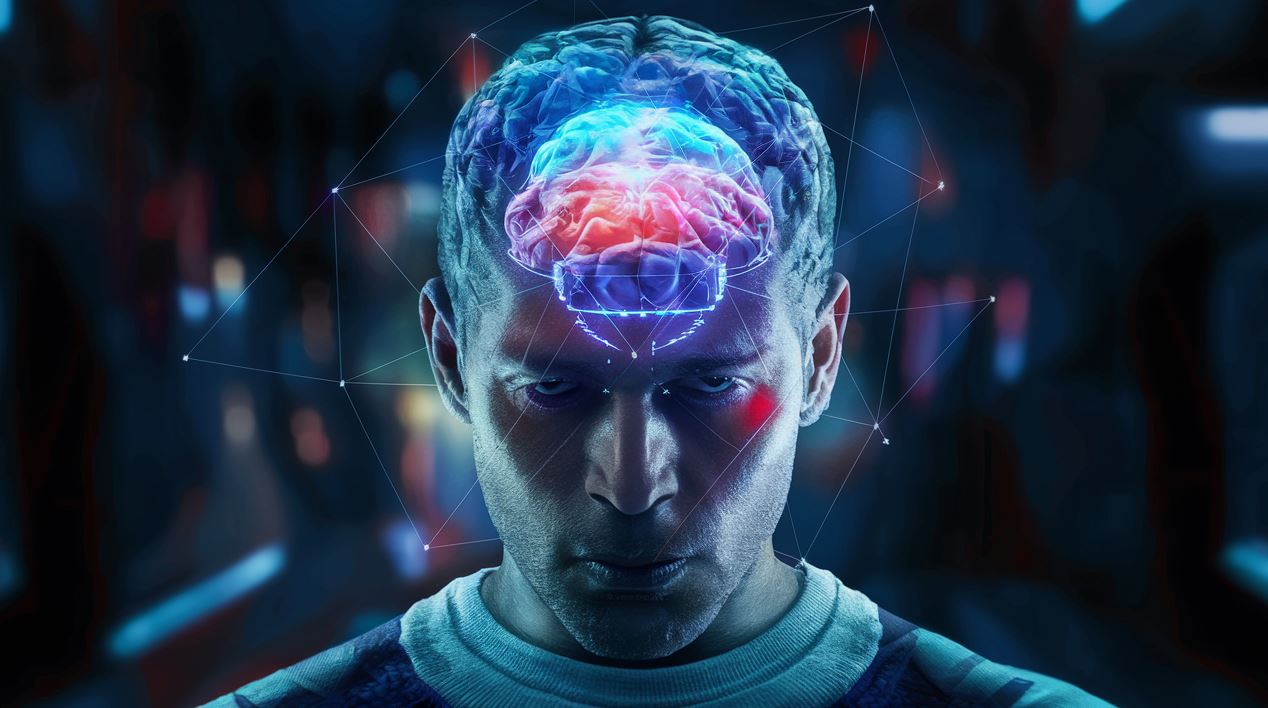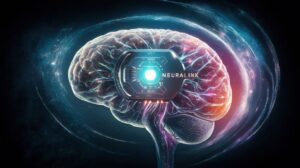A Brain Computer Interface (BCI) is like a telepathic highway between your brain and a computer, allowing you to control devices or communicate directly with technology using just your thoughts.
Imagine a world where typing on a keyboard or tapping on a screen is a thing of the past. With Brain Computer Interfaces (BCIs), the power of your thoughts becomes the ultimate control mechanism, revolutionizing how we interact with technology.
What exactly is the Brain Computer Interface?
At its core, a BCI is a communication pathway that links your brain directly to an external device, such as a computer or a prosthetic limb. Instead of relying on traditional input methods like keyboards or touchscreens, BCIs interpret neural signals to execute commands.
How does the Brain Computer Interface work?
Here’s how it works:
- Neural Signals: Your brain constantly generates electrical signals as neurons communicate with each other. BCIs tap into these signals using a variety of methods, including electroencephalography (EEG), which records electrical activity from the scalp, or invasive techniques like implanted electrodes for higher precision.
- Signal Processing: Once captured, the neural signals are processed by algorithms to extract meaningful information. This step is crucial for distinguishing relevant brain activity from background noise and artifacts.
- Interpretation: The processed signals are decoded to determine the user’s intent. For example, if you’re thinking about moving your hand, certain patterns of neural activity associated with hand movement are recognized by the BCI.
- Action Execution: Finally, the decoded commands are translated into actions by the connected device. This could range from moving a cursor on a screen to controlling a robotic arm with fluid precision.
Where can Brain Computer Interface be used? Benefits and applications
BCIs hold tremendous potential across various fields:
- Assistive Technology: For individuals with disabilities, BCIs offer newfound independence by enabling control over mobility aids, communication devices, and environmental controls.
- Healthcare: In medicine, BCIs facilitate neural rehabilitation after stroke or spinal cord injury and provide insights into brain function for diagnosis and treatment of neurological disorders.
- Augmented Reality: BCIs enhance immersive experiences by enabling seamless interaction with virtual environments, opening avenues for gaming, training simulations, and education.
- Research and Exploration: Scientists utilize BCIs to study the brain’s inner workings, unraveling mysteries of cognition, perception, and consciousness.
What are the Challenges and Future Directions of Brain Computer Interfaces?
While BCIs hold immense promise, several challenges remain:
- Accuracy and Reliability: Improving the robustness and precision of BCI systems is crucial for practical applications, requiring advancements in signal processing and machine learning.
- Invasive vs. Non-invasive: Balancing the benefits of invasive techniques (e.g., higher signal quality) with the risks and ethical considerations associated with surgical implantation.
- Ethical and Privacy Concerns: Addressing ethical dilemmas surrounding cognitive privacy, consent, and potential misuse of neurotechnology.
- User Experience: Enhancing user-friendliness and comfort to ensure widespread acceptance and adoption of BCIs in everyday life.
Brain-Computer Interfaces represent a remarkable fusion of neuroscience, engineering, and computer science, unlocking the potential of the human mind in unprecedented ways. As research progresses and technology evolves, BCIs promise to reshape not only how we interact with machines but also our understanding of the intricate workings of the human brain. So, are you ready to embark on a journey where your thoughts shape the world around you?






